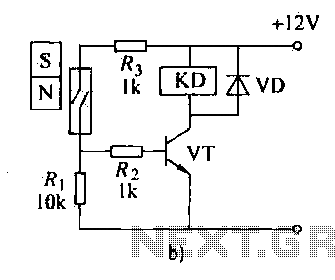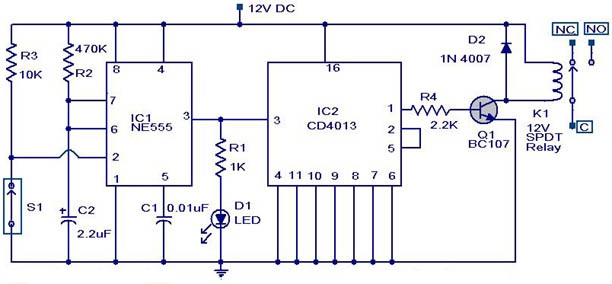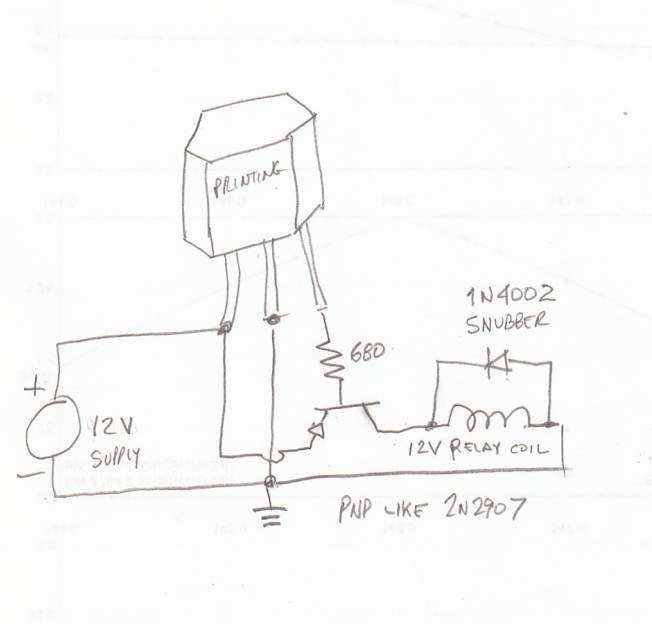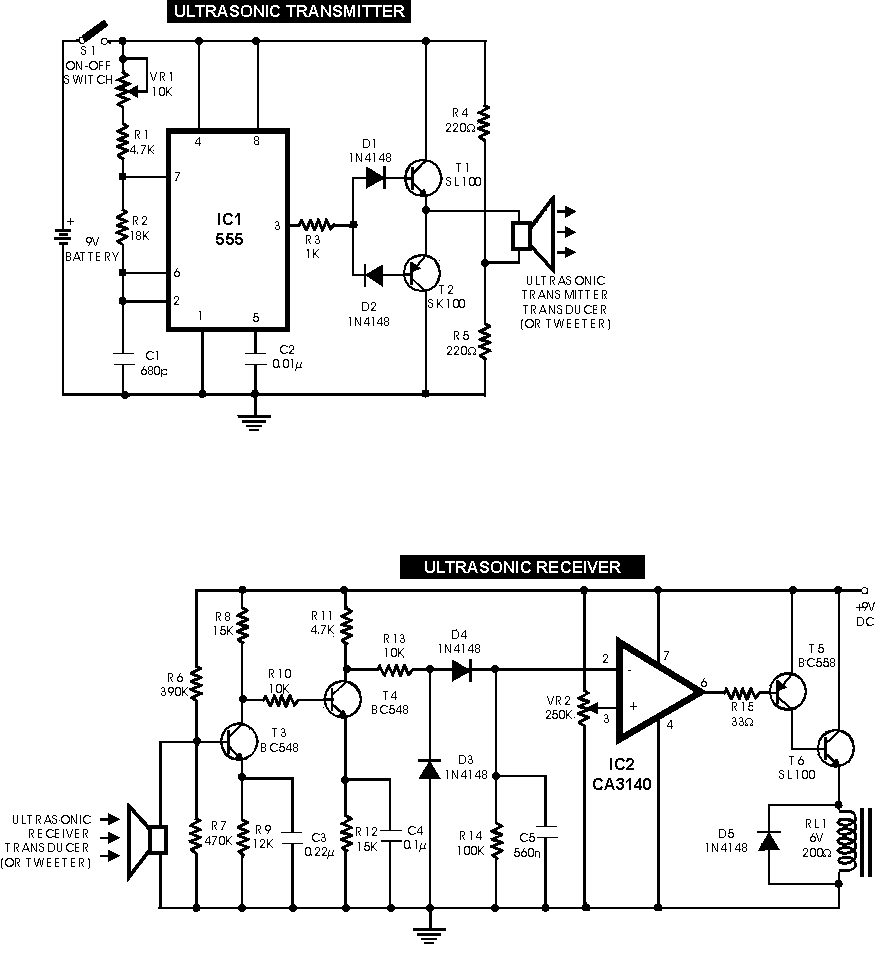
Light-operated switch
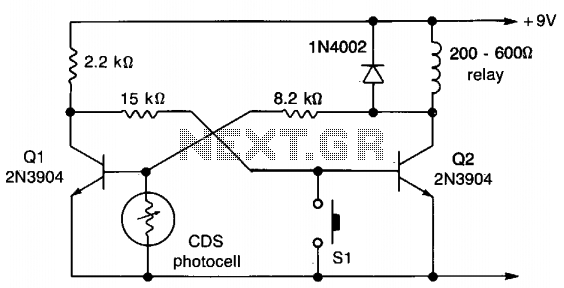
This circuit employs a flip-flop configuration utilizing Q1 and Q2. Under normal conditions, Q1 is heavily conducting. When light is detected by the CDS photocell, the bias on Q1 decreases, resulting in its cutoff, which activates Q2 and removes the remaining bias from Q1. The reset function is achieved by pressing switch S1.
The circuit operates based on the interaction between two flip-flops, Q1 and Q2, which are typically configured as a bistable multivibrator. In this arrangement, Q1 remains in a conducting state under standard conditions, allowing current to flow through it. The CDS (Cadmium Sulfide) photocell serves as a light-sensitive resistor that influences the biasing of Q1. When ambient light levels increase, the resistance of the CDS photocell decreases, which leads to a reduction in the bias voltage applied to Q1.
As Q1's bias diminishes, it eventually reaches a threshold where it stops conducting, effectively turning it off. This action triggers Q2 to turn on, as it is designed to respond to the state change of Q1. With Q1 non-conducting, Q2 can now conduct fully, which further ensures that the bias on Q1 is removed, thereby reinforcing the state change.
The reset mechanism is an important feature of this circuit. By pressing switch S1, the circuit can be returned to its initial state, allowing Q1 to regain its conducting status. This reset functionality is crucial for applications that require periodic reinitialization of the circuit's state, ensuring reliable operation in varying light conditions.
Overall, this flip-flop circuit design is effective for applications that need to respond to light levels, providing a simple yet robust mechanism for switching based on environmental conditions.This circuit uses a flip-flop arrangement of Ql and Q2. Normally Ql is conducting heavily. Light on CDS photocell causes Ql bias to decrease, cutting it off, turning on Q2, removing the remaining bias from Q1. Reset is accomplished by depressing S1.
The circuit operates based on the interaction between two flip-flops, Q1 and Q2, which are typically configured as a bistable multivibrator. In this arrangement, Q1 remains in a conducting state under standard conditions, allowing current to flow through it. The CDS (Cadmium Sulfide) photocell serves as a light-sensitive resistor that influences the biasing of Q1. When ambient light levels increase, the resistance of the CDS photocell decreases, which leads to a reduction in the bias voltage applied to Q1.
As Q1's bias diminishes, it eventually reaches a threshold where it stops conducting, effectively turning it off. This action triggers Q2 to turn on, as it is designed to respond to the state change of Q1. With Q1 non-conducting, Q2 can now conduct fully, which further ensures that the bias on Q1 is removed, thereby reinforcing the state change.
The reset mechanism is an important feature of this circuit. By pressing switch S1, the circuit can be returned to its initial state, allowing Q1 to regain its conducting status. This reset functionality is crucial for applications that require periodic reinitialization of the circuit's state, ensuring reliable operation in varying light conditions.
Overall, this flip-flop circuit design is effective for applications that need to respond to light levels, providing a simple yet robust mechanism for switching based on environmental conditions.This circuit uses a flip-flop arrangement of Ql and Q2. Normally Ql is conducting heavily. Light on CDS photocell causes Ql bias to decrease, cutting it off, turning on Q2, removing the remaining bias from Q1. Reset is accomplished by depressing S1.
